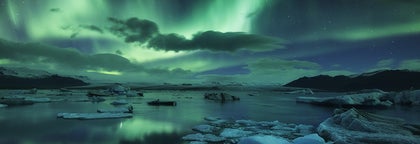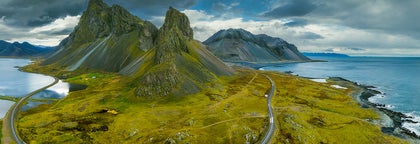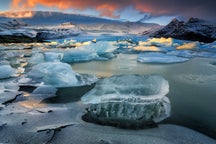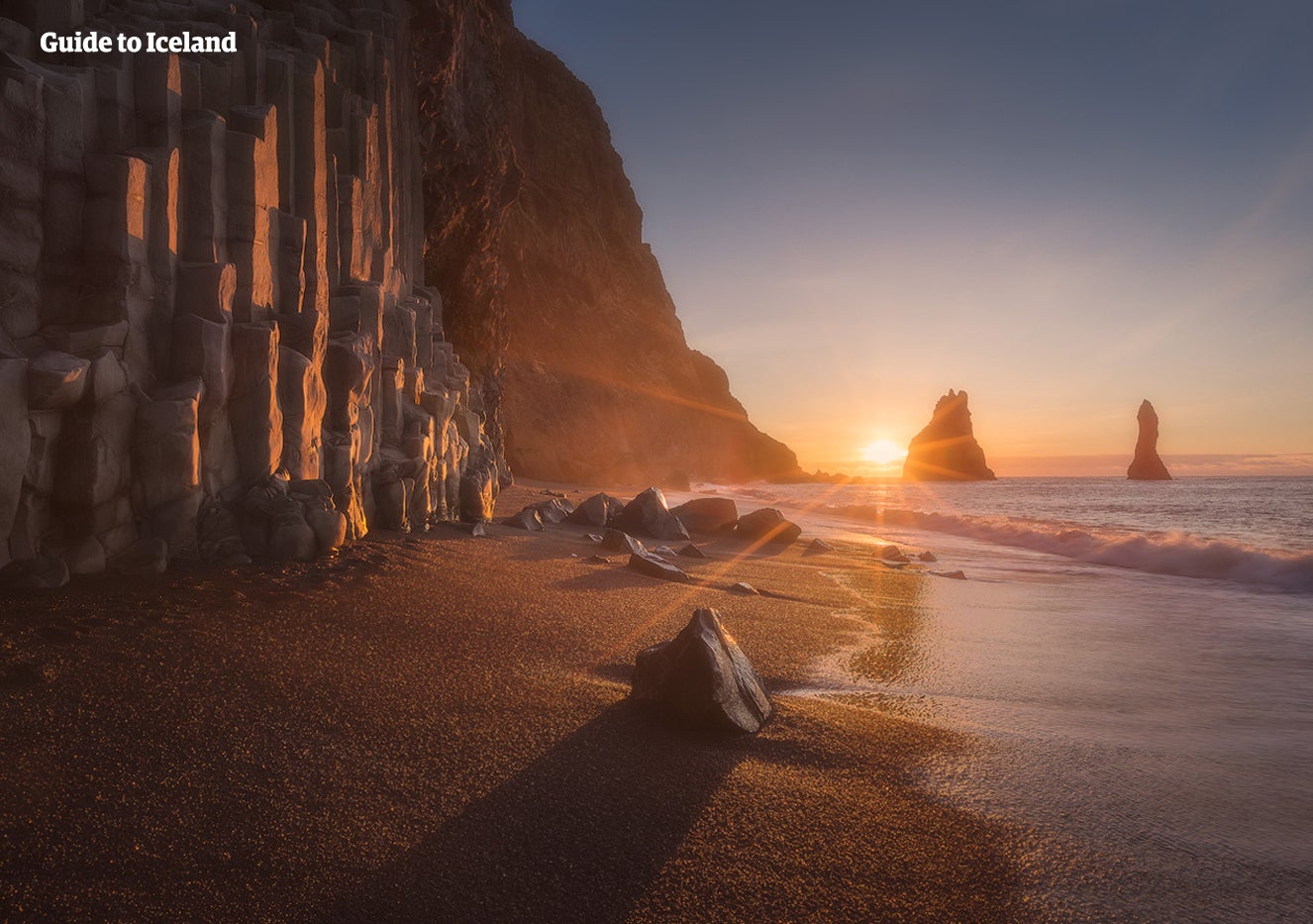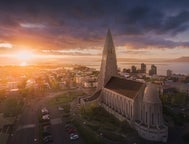
Najlepsze letnie samodzielne wycieczki na Islandii
Odkryj największy na Islandii wybór letnich samodzielnych wycieczek. Zwiedzaj bez ograniczeń dzięki zarezerwowanemu z wyprzedzeniem samochodowi, atrakcjom i noclegom.
Znajdź wyjątkowe doświadczenia
Wybierz lokalizację początkową
Wybierz daty
Data rozpoczęciaZakończenie
Dodaj podróżnych
1 podróżny
Podróż na własną rękę - Lato
Doprecyzuj wyniki za pomocą filtrów
Sortuj według: Popularny wybór
Oferujemy o wiele więcej
Sprawdź naszą ofertę niesamowitych wycieczek i pakietów
Często zadawane pytania
Jaka jest pogoda latem na Islandii?
Temperatury na Islandii latem mogą spadać nawet do 5°C, ale mogą również wzrosnąć nawet do 25°C. Średnia temperatura na Islandii latem wynosi od 10 do 15°C. Lato nie bywa tak mokre, jak wiosna, ale od czasu do czasu pada deszcz.
Ile godzin dziennych jest latem na Islandii?
W szczycie lata na Islandii jest 21 godzin światła dziennego. Słońce zaczyna zachodzić dopiero około 3-4 nad ranem i wschodzi około 6-7 rano. Jednak nawet w okresie, w którym nie widać słońca, poziom ciemności osiąga jedynie poziom zbliżony do zmierzchu. Od czerwca do sierpnia na Islandii nie ma prawdziwej, ciemnej nocy.
Czy potrzebuję samochodu 4x4, aby przejechać obwodnicą podczas mojej letniej samodzielnej wycieczki po Islandii?
Latem nie jest konieczne posiadanie pojazdu z napędem na cztery koła, aby podróżować obwodnicą lub innymi utwardzonymi drogami w całym kraju. Jednak niektóre drogi na wsiach Islandii są wąskimi szutrowymi drogami, oznaczonymi na mapach jako drogi F i na nich wymagany jest pojazd z napędem na cztery koła.
Czy mogę przedłużyć pobyt w Reykjaviku o jedną noc pod koniec mojej letniej wycieczki po Islandii?
Tak, po zarezerwowaniu podróży przydzielimy Ci dedykowanego agenta, który pomoże spersonalizować Twoją podróż na Islandii.
Jeśli chcę przedłużyć pobyt, kiedy muszę zwrócić samochód na lotnisko?
Za niewielką opłatą nasz agent może przedłużyć umowę wynajmu samochodu, dzięki czemu zwrócisz samochód na międzynarodowe lotnisko w dniu wylotu. Możliwe jest również zorganizowanie zwrotu samochodu w Reykjaviku, a nie na lotnisku.
Czy zobaczę zorzę polarną podczas mojej samodzielnej wycieczki po Islandii latem?
Zorza polarna nie jest widoczna w środku lata na Islandii. Najwcześniej można ją zobaczyć w połowie sierpnia, a najpóźniej pod koniec kwietnia. Jednak szczyt sezonu trwa od września do kwietnia. Niektóre letnie samodzielne wycieczki objazdowe odbywają się przez cały wrzesień, kiedy prawdopodobieństwo zobaczenia zorzy jest większe.
Zauważyłem, że ubezpieczenie samochodu jest standardowe. Czy zamiast tego mogę otrzymać pełne ubezpieczenie na podróż po Islandii?
Pakiet ubezpieczeń samochodu obejmuje w standardzie ubezpieczenie od kolizji CDW, ubezpieczenie CDW w opcji Super i ochronę na szutrze (Gravel Protection). Jest to najlepsza dostępna ochrona i najbardziej ograniczona opcja odpowiedzialności własnej kierowcy. Możliwe jest również dodanie ubezpieczenia od uszkodzeń wywołanych piaskiem i popiołem, którą polecamy, jeśli zamierzasz podróżować wzdłuż wietrznego i piaszczystego południowego wybrzeża. Skontaktuj się ze swoim agentem w celu uzyskania dalszych porad.
Czy mogę zmienić zajęcia fakultatywne na mojej wycieczce po Islandii po dokonaniu płatności?
Tak, możesz dodać lub zmienić aktywności po dokonaniu rezerwacji kontaktując się ze swoim agentem. Ponieważ jest duże zainteresowanie wycieczkami, zalecamy jednak rezerwację najszybciej jak to możliwe.
Czy latem można bezpiecznie jeździć po Islandii?
Tak, o ile przestrzegasz przepisów ruchu drogowego, Islandia jest bardzo bezpiecznym krajem do jazdy. Główne drogi, w tym obwodnica, są utwardzone i dobrze utrzymane przez cały rok. Aby być bezpiecznym, zawsze możesz sprawdzić warunki drogowe przed wyruszeniem w podróż.
Czy można zarezerwować 4,5 lub 6-dniową wycieczkę samochodową po Islandii?
Czas trwania naszych letnich samodzielnych wycieczek wynosi od 3 do 14 dni, podczas gdy długość zimowych wycieczek z dojazdem własnym wynosi od 2 do 12 dni. Przydzielony agent dopasuje cały pobyt na wyspie do Twoich lotów i wybranych ram czasowych. Jeśli planujesz jechać obwodnicą, zalecamy rezerwację co najmniej 7 dni, aby dać sobie wystarczająco dużo czasu na zobaczenie wszystkich atrakcji.
Jesteśmy grupą od 6 do 10 osób. Ile osób może pomieścić jeden pojazd podczas naszej samodzielnej wycieczki po Islandii latem?
Możemy zarezerwować samochód na 7 osób lub dwa i więcej samochodów. Jeżeli potrzebujesz więcej samochodów, skontaktuj się ze swoim agentem.
Jak długa jest obwodnica i jakie są warunki drogowe latem na Islandii?
Obwodnica ma około 1300 km długości, ale całkowita odległość, jaką przejedziesz, będzie zależeć od specyfiki Twojej podróży. Cała obwodnica jest utwardzona i łatwa w nawigacji. Warunki drogowe na Islandii są z reguły dobre w miesiącach letnich, jednak zaleca się sprawdzenie warunków drogowych przed wyruszeniem w podróż.

Zainstaluj największą aplikację turystyczną na Islandii
Pobierz największą platformę turystyczną na Islandii na telefon i zarządzaj wszystkimi elementami swojej podróży w jednym miejscu
Zeskanuj ten kod QR za pomocą aparatu w telefonie i naciśnij wyświetlony link, aby uzyskać dostęp do największej platformy turystycznej na Islandii. Wprowadź swój numer telefonu lub adres e-mail, aby otrzymać wiadomość SMS lub e-mail z linkiem do pobrania.

























